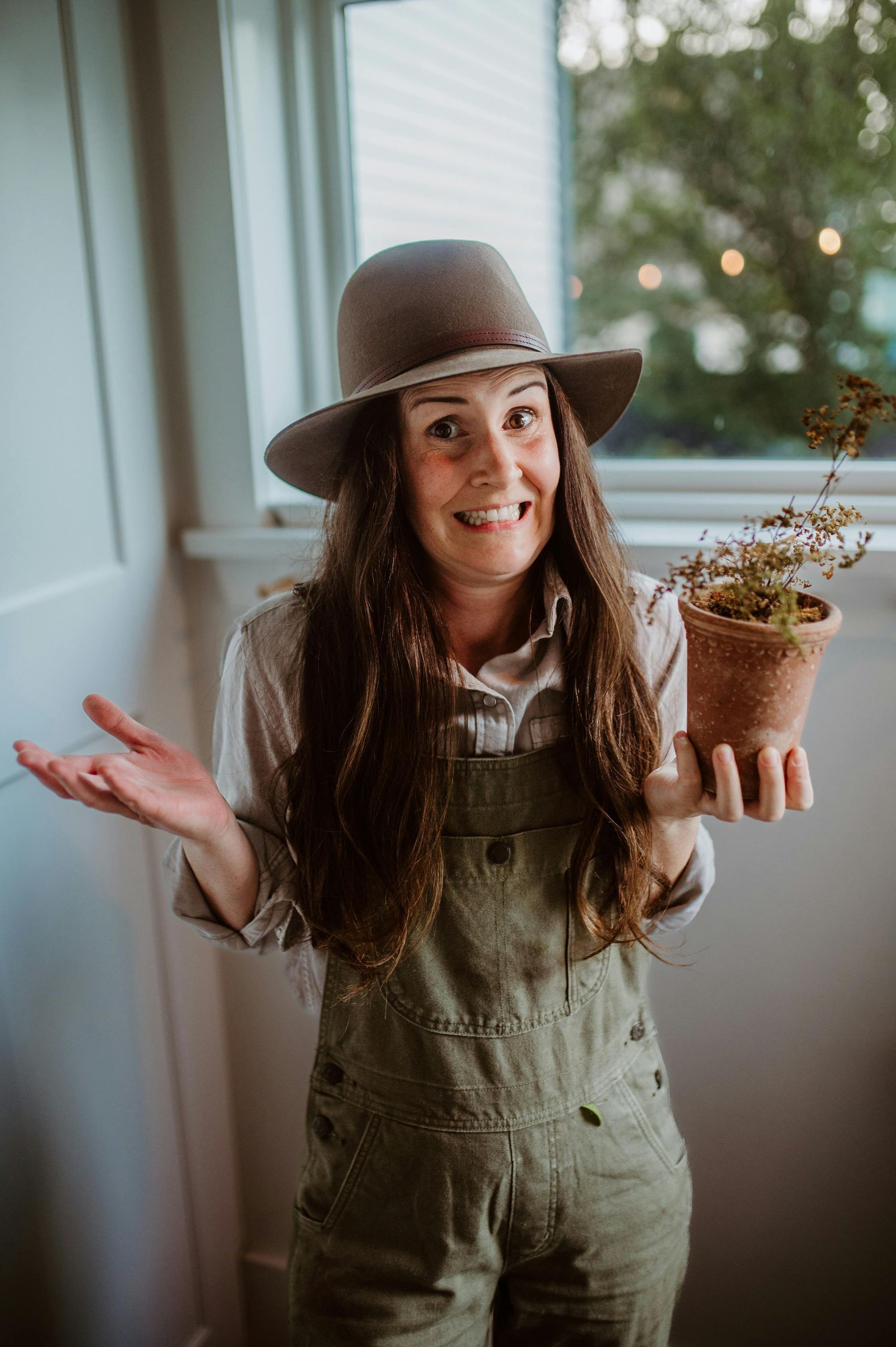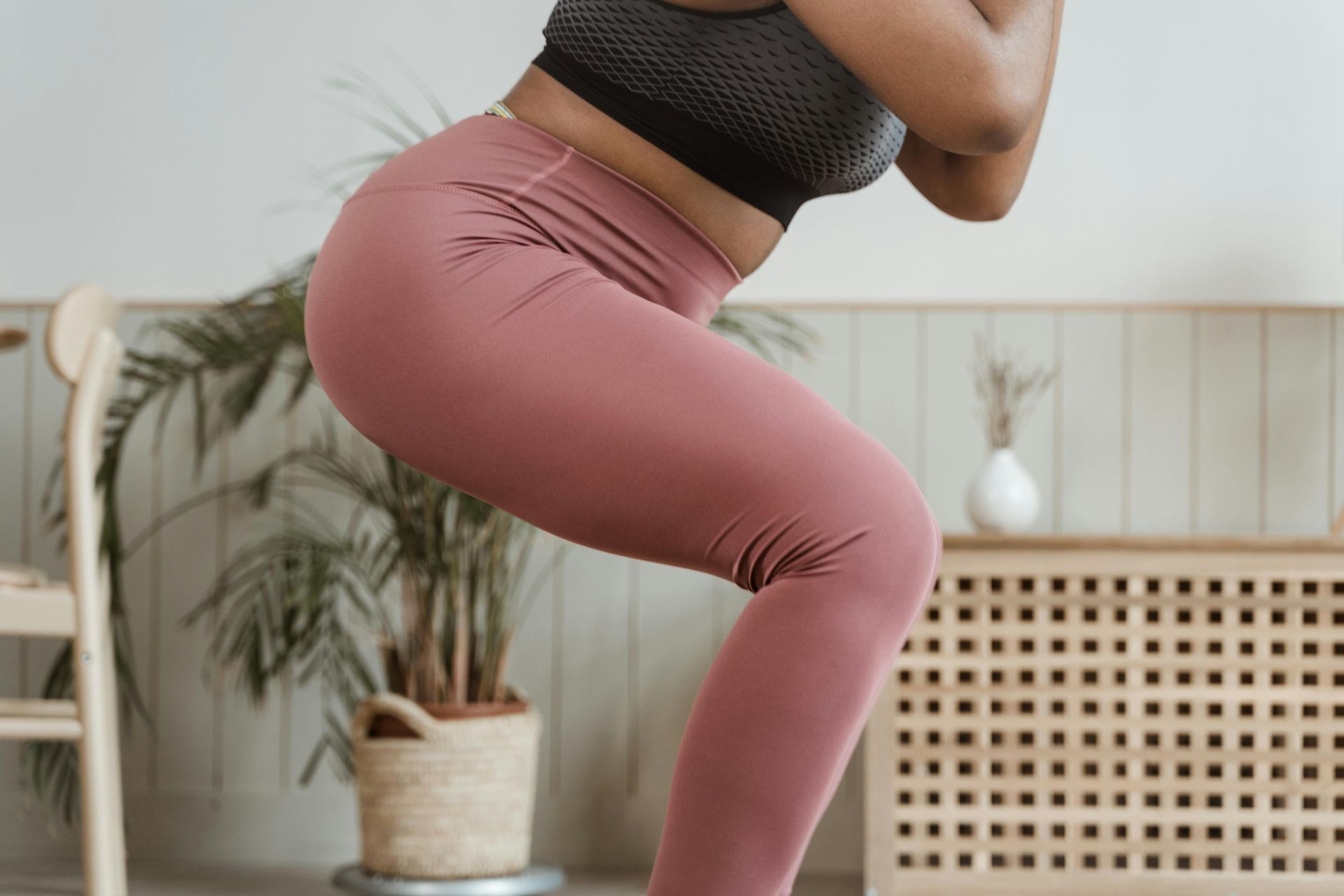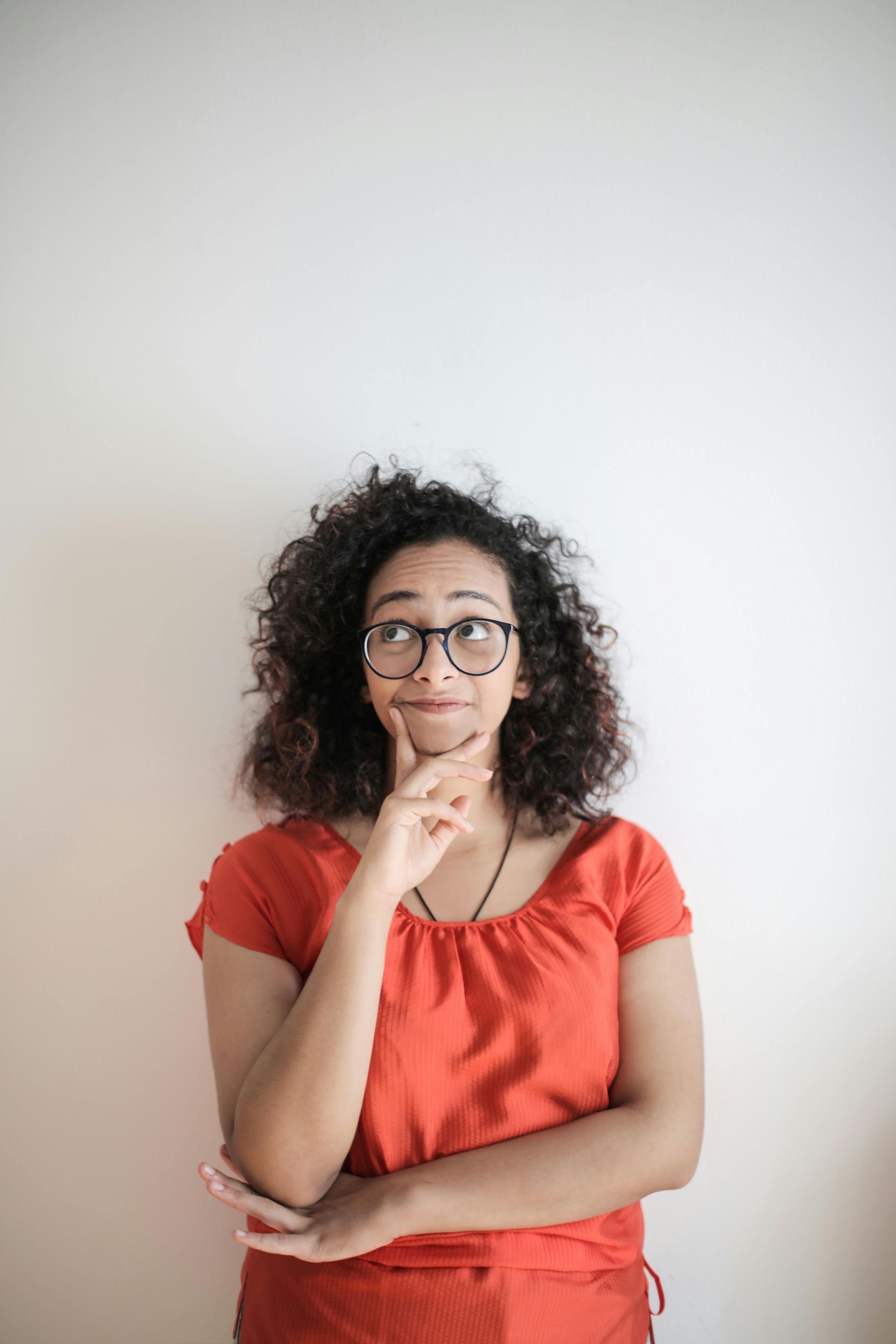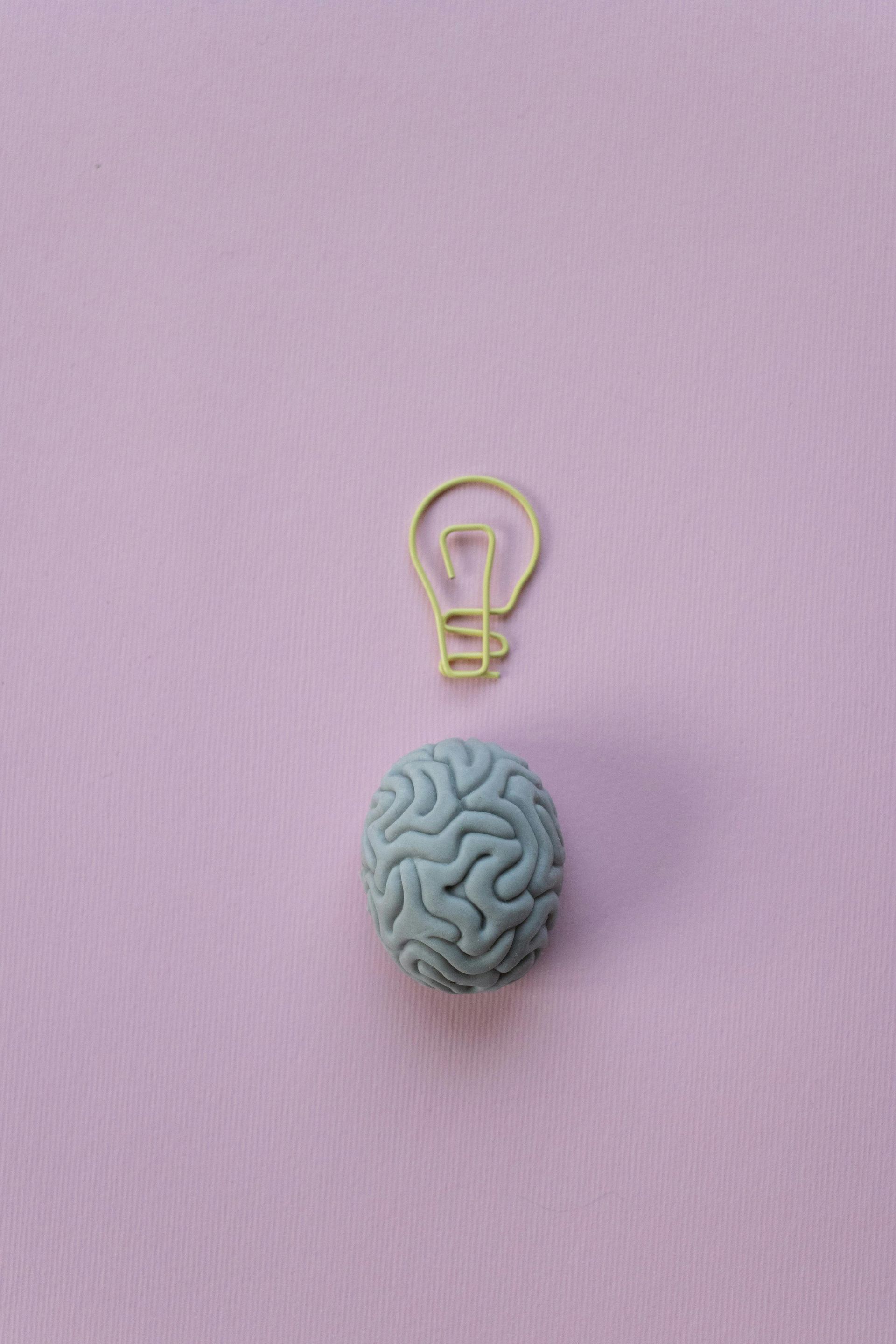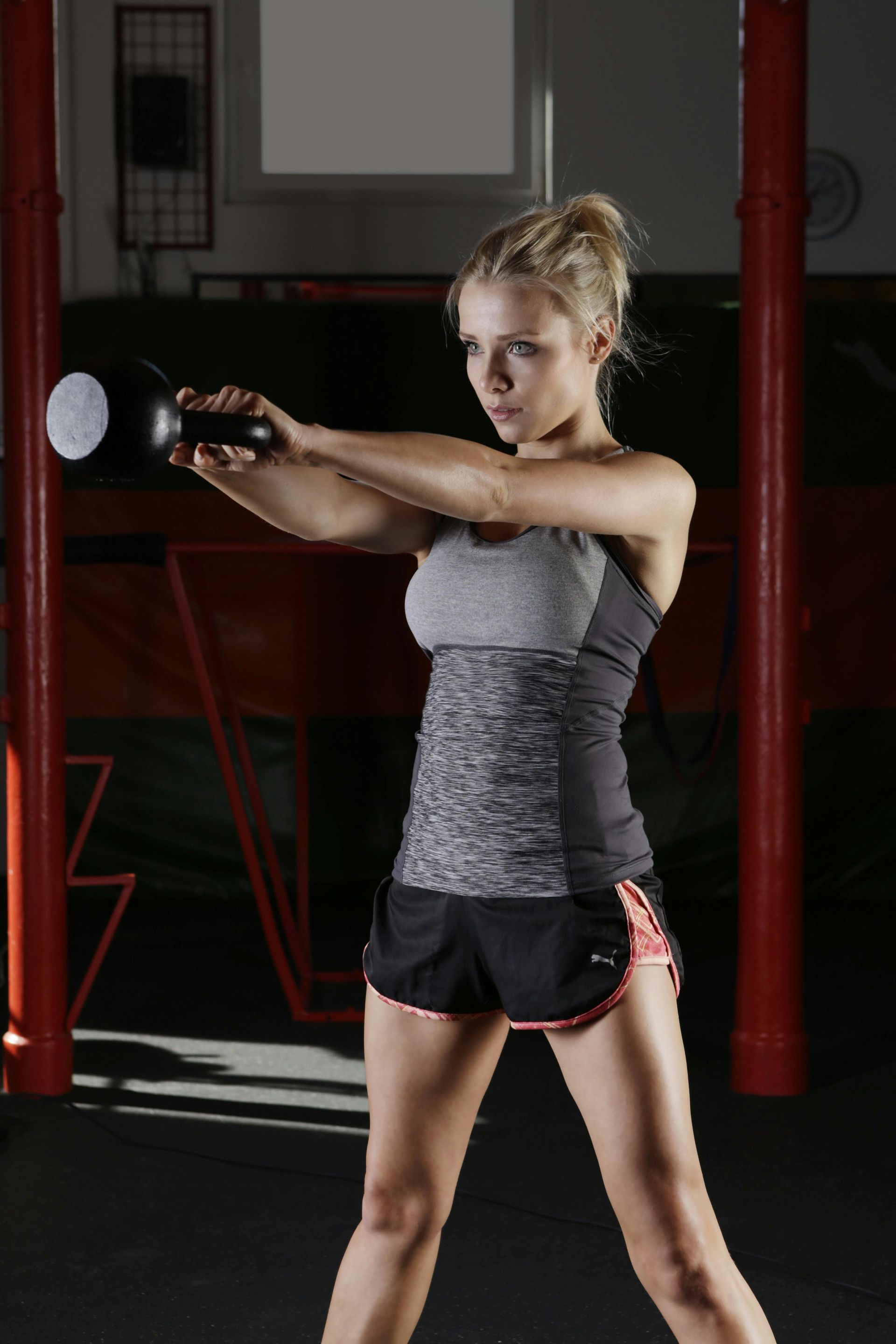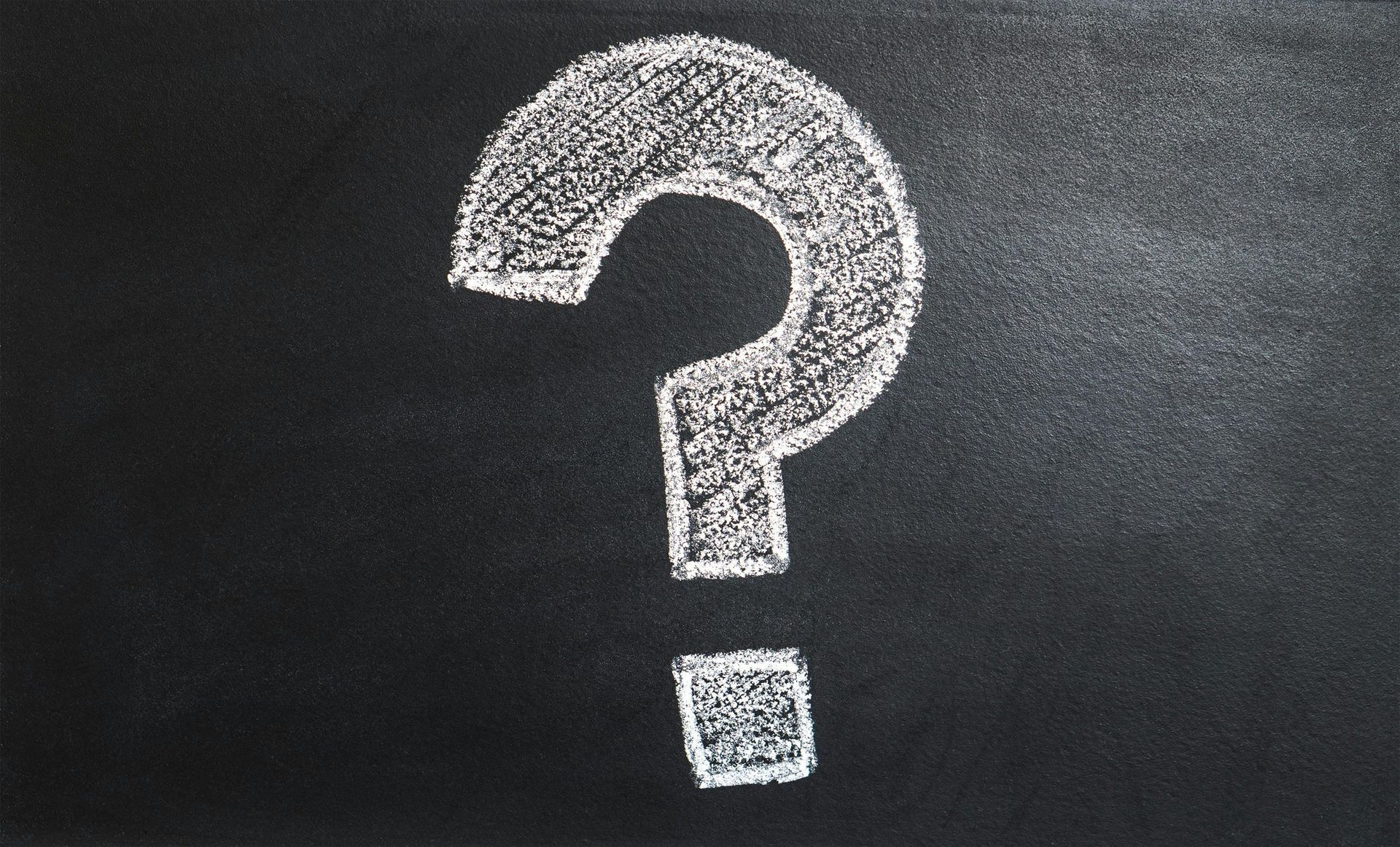How Pilates makes your life better
Why should I do Pilates?
It occurred to me that for someone who writes an email* every week from "JA Pilates", it's been a while since I actually wrote anything about Pilates!
And, I also know that a few newer people have joined us on the mailing list recently, and if that's you, you might be wondering what on earth any of my emails have to do with the topic you thought you'd signed up for.
So this week, I thought I'd give you a quick reminder about why doing Pilates improves your quality of life.
Pilates "core stability"
This is THE thing that Pilates is best know for. But what does it actually mean? Put simply, it's the ability of your core muscles (abdominal muscles, hip flexors, glutes, and back muscles) to stabilize your trunk (everything between your shoulders and the top of your legs).
Even more simply, it allows you to have better posture and stay upright when you walk, run, cycle etc; and ensures you only move the bits of your body that should be moving.
Why's it important? Because:
- Falling over:
- Putting your back out when you reach for something from a high cupboard; and
- Looking like an overcooked prawn;
Are all as dull as arse!
Pilates helps you do all the other things you enjoy
Part of core stability is strengthening your abs, hip flexors, glute and back muscles. But we don't just work on those in Pilates. Oh no.
We're a full body workout including:
- Shoulders and arms so you can put your own bag in the overhead bin on the plane;
- Thighs and hamstrings as well as glutes and hip flexors so going for a hike, cycle, or even just walking round the shops is easier.
- All directions of movement so your golf, tennis, badminton or netball game is better.
Pilates gives you better body awareness
This is about your sense of where your body is in space (aka "proprioception"). This is important because it
- Reduces risks of injury so you don't put a limb somewhere it's not designed to go;
- Improves your sense of balance so you don't fall over when you move in an unexpected direction; and
- Helps you perform complex operations while coordinating your limbs so you play sports, musical instruments or negotiate obstacles with less effort.
Pilates helps you do hard things
You know when you're doing one of those absolutely delicious (ok, vile) side-lying clam exercises where you drop your top knee in front of your bottom knee and then kick your leg away?
Everything round your butt is on fire 🔥?
And you're gritting your teeth 😬 trying to get to ten reps?
Well, that's doing more than just making your hip joint stronger and more flexible. Although of course, that's a top benefit!
It's training your brain that you can do difficult things. Things that aren't very comfortable. Things that require endurance, coordination and proprioception.
So when you come to do other things that aren't comfortable, are a little complicated and require you to just.keep.going, the IBSC* in your brain hasn't got so much to say.
Pilates trains your nervous system
If you've been in any of my classes, you'll know that I quite often rabbit on about your nervous system.
For most of our daily lives, the fight/flight/freeze part of our nervous system (sympathetic nervous system or SNS) is very much switched on.
It's not designed to be like that. Rather, it's designed to switch on in times of extreme stress and then switch off.
When we don't switch it off, it has a whole raft of other damaging physiological impacts on our bodies (I've written quite a few blogs on the topic that you can access via the bottom of this page).
In Pilates, we breathe fully and deeply. We pay attention to what's going on in the body. We are focused on that moment in time.
All of these things take us out of the SNS and into the rest/digest part of our nervous system (parasympathetic nervous system or PNS).
As we know, change one thing, change everything, and a flip to the PNS will improve your sleep, digestion, how easy it is to move, ability to learn....and on and on.
Pilates helps you become more flexible
I know most people imagine that yoga is the way forward for flexibility rather than Pilates. But actually, you will get more flexy with Pilates.
First, what you experience as your flexibility in a joint is a factor of several things:
- The physical ability of the muscles, tendons and ligaments to let you go to the range of movement (ROM) you're looking for.
If you sit in one position all day long, you're training your joints that this is where they live and some of the muscles/tendons/ligaments will shorten accordingly while becoming weaker. While some of them will sit in a lengthened position all day long so also become weaker.
So don't be surprised when they don't have the strength or genuine flexibility to move in the ROM you're looking for.
- Your nervous system is constantly monitoring your body's safety via your interroceptive system. And if it senses that you might injure yourself by going to a particular ROM, it won't allow you to go there.
This could be because your muscles round that joint aren't strong enough to support it; or because the muscles/ tendons/ ligaments are too tight and inflexible; or because your "fight or flight" nervous system is so switched on that your body's going into energy saving mode.
In Pilates, we're always working on the muscles on both sides of the joint so that the you can access the full ROM; and we're always trying to bring ourselves into the "rest and digest" part of our nervous system so you can move better.
So while it might not be obvious at first, you will, over time, get more flexible, so you can bend over to do your laces up, zip up your own dress and make every movement feel more comfortable.
I could go on and on!
I haven't even touched on balance or mental health or sleep. But you get the idea. Pilates is absolutely the dog's b's! You should do it more!
Still looking for your fix? We have online Pilates classes, as well as Pilates classes in Hampton, Hampton Hill and Sunbury. Each one is tailored to the bodies in the room that day.
I open booking to my Priority Wait List several times a year, so to be first to hear when spaces become available, join the list here
Read more
Why your tight hips could be stressing you out
Is stress making you overweight and cranky?
Should I do Pilates if I've got...
*ISBC = itty-bitty-shitty-committee aka the bit of your brain that says "I can't".


